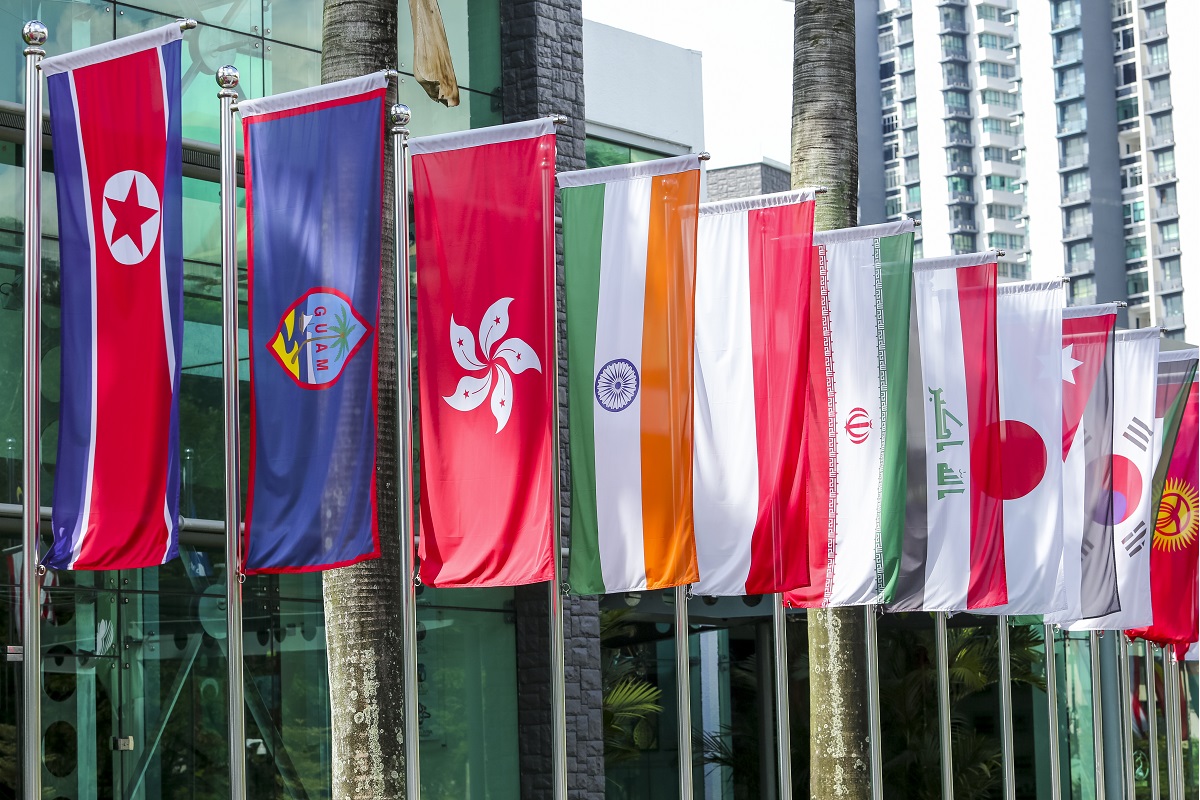30 startups secure over $355 million in funding this week, up 335 pc
At least 30 startups secured more than $355 million this week, which included three growth-stage and 20 early-stage deals.
Business of all sizes is having to grapple with issues ranging from rising inflation to conflict in Europe and renewed lockdowns in China. Amid these uncertainties, commerce remains an important driver of economic growth, with Standard Chartered predicting global trade will grow by 70 per cent to $30 trillion by the end of the decade.

Representation image
Business of all sizes is having to grapple with issues ranging from rising inflation to conflict in Europe and renewed lockdowns in China. Amid these uncertainties, commerce remains an important driver of economic growth, with Standard Chartered predicting global trade will grow by 70 per cent to $30 trillion by the end of the decade.
Already a key driver of global economic growth, ASEAN’s trade and innovation hub status is set to help propel it to become the world’s fourth-largest economy by 2030. Home to many of the world’s highest growth markets and the fastest developing internet market in the world, the region is also a significant contributor to the international drive for sustainable development.
Advertisement
Companies seeking to realise the full opportunities of ASEAN will need a strategy that adopts a comprehensive, pan-ASEAN approach which leverages the region’s unique place at the intersection of the global trends that will power trade in the coming decades.
Advertisement
One of the key trends of recent years is the diversification of supply chains. As companies looked to find
new manufacturing hubs, ASEAN emerged as an excellent alternative given its diverse yet complementary markets.
In particular, markets from Indonesia to Malaysia and Vietnam are benefitting from the global supply chain shift. For example, foreign direct investment in Malaysia and Indonesia reached record highs in 2021 and the first quarter of 2022 respectively.
Yet, while this shift has seen ever-more businesses establish a foothold in the region, many are yet to make the most of being based in ASEAN. Instead of focusing their strategy on a single country or business area, companies should recognise that ASEAN offers the best advantages when businesses take a regional approach.
As well as a solid economic performance which generates a combined gross domestic product (GDP) of more than $3 trillion, ASEAN’s 660 million-strong population enjoys a more favourable demographic profile than mature markets such as China or the US. The region’s population is young, digitally savvy and increasingly prosperous. For businesses, this means ASEAN not only provides a base from which to diversify supply, but it also offers a diversification of demand and the workforce too. By 2030, consumption is forecast to more than double to $4 trillion while 40 million people will be added to the working-age population.
ASEAN is also a key hub from which to trade with the rest of the world at a time when trade is becoming increasingly regionalised. While historically trade has been driven by multilateral agreements arranged by global agencies, more and more countries are choosing to negotiate trade agreements at a bilateral or regional level.
In recent years, ASEAN member states have signed up to Asia Pacific trade pacts such as the Regional Comprehensive Economic Partnership (RCEP), as well as agreements with China, the European Union, India and the US, among others, giving them access to the biggest markets in the world with reduced trade barriers.
Advertisement